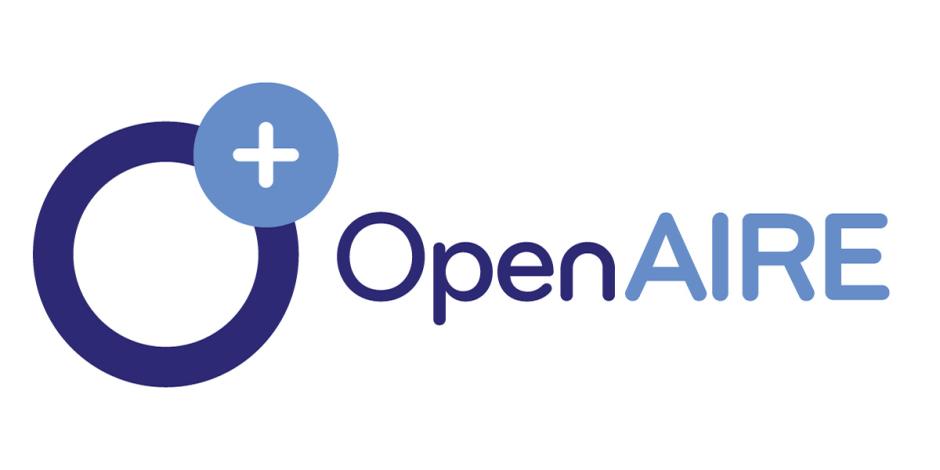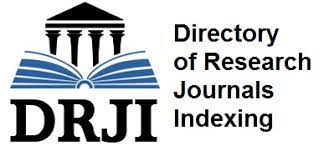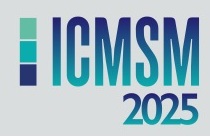Enhancement of pipeline integrity assessment of buried unpiggable pipelines with non-contact magnetic gradient tomography method (MTM-G)
DOI:
https://doi.org/10.5281/zenodo.12568801Keywords:
Corrosion, Direct Assessment, Inspection, Non-contact Magnetic Tomography (M-TMG), Pipeline IntegrityAbstract
The invention of non-contact magnetic gradient tomography has significantly improved the corrosion assessment of buried oil and Gas pipelines. This technology uses magnetic field strength from aboveground to identify external corrosion metal loss, external stress corrosion cracks and areas of geohazard risks. MTM-G can be effective in the detection of anomalies associated with the mechanical stresses, directly measured by a natural magnetic response from the pipeline material and without necessity assess to the size of each defect. For pipeline integrity management programs, the local stresses are registered directly and conventional safety parameters (like Psafe, Tsafe, SCF, and ERF) are assessed through direct magnetic response measurements. The invention of this technology would help operators easily prioritize areas of concern and prevent failures, especially on non-piggable pipelines. Combining MTM-G with existing pipeline integrity assessment methods would aid in the management of corrosion in oil and Gas midstream, upstream, and downstream difficult-to-pig pipelines. This technology is also supplemented with inline inspection on piggable pipelines to help pinpoint and prioritize defects, especially on critical assets in high-consequence locations. This paper presents the usage of this technology to enhance the integrity assessment of both piggable and unpiggable pipelines. The results from these case studies are good news for unpiggable pipeline operators who have been looking for improved ways to ensure effective pipeline integrity management of their unpiggable assets.















